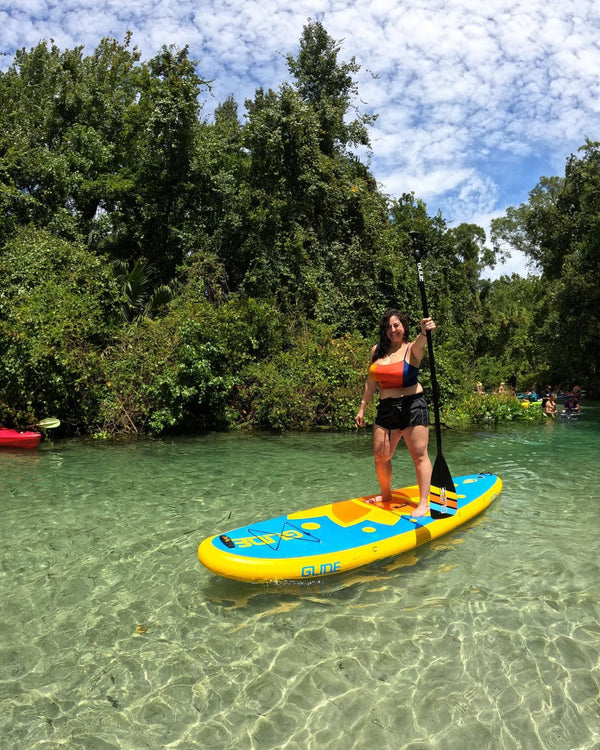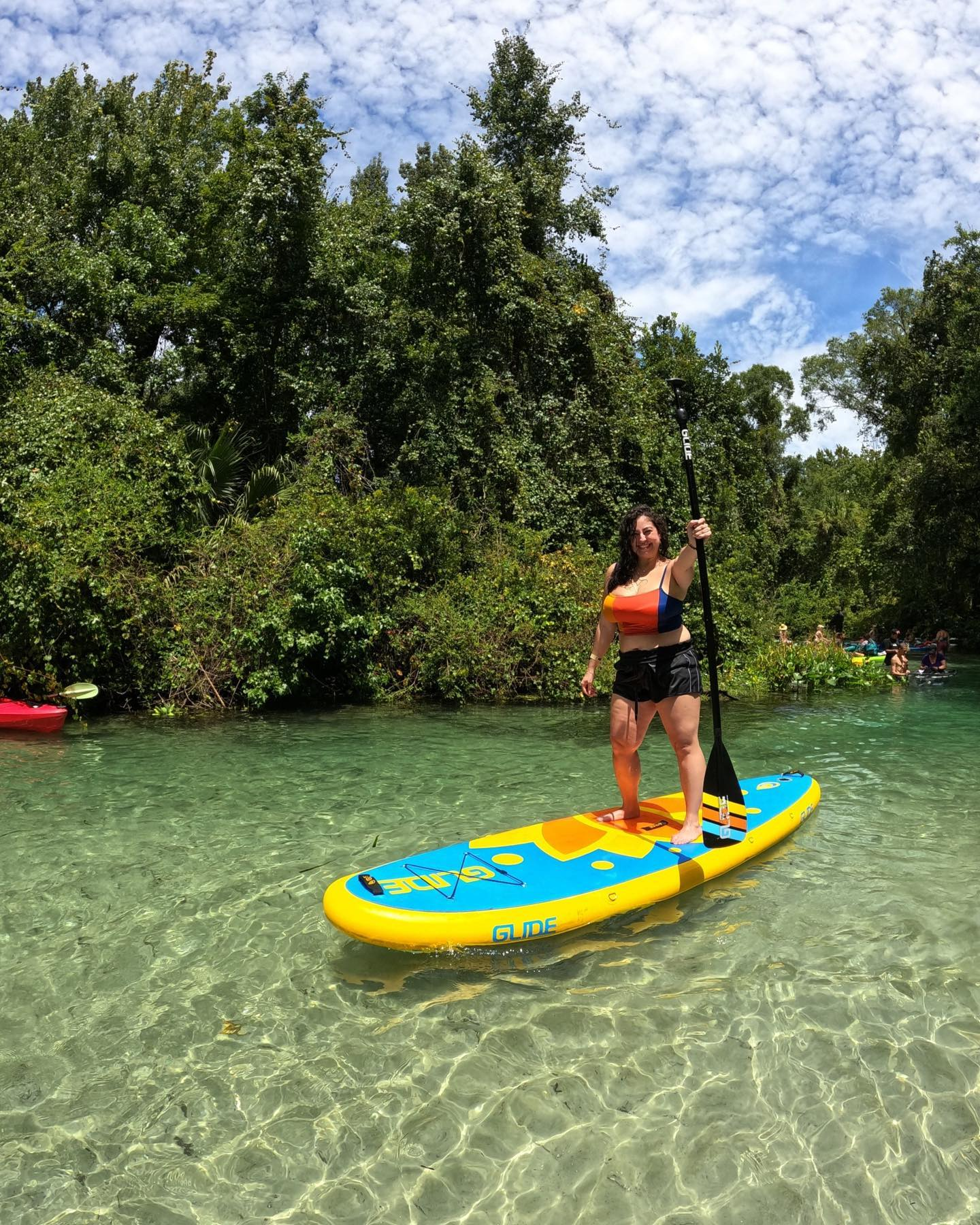
Paddle Board Therapy: A Journey of Healing
The healing, meditative benefits one can find on a paddle board are extremely powerful.
Introduction
Stand up paddle board therapy is an emerging approach that harnesses the healing power of water and the physical benefits of paddle boarding to promote rehabilitation and enhance the well-being of individuals with special needs. Whether it's individuals recovering from physical injuries, managing neurological conditions, or dealing with emotional challenges, paddle board therapy offers a unique and holistic approach to healing.
The gentle movements on paddle boards engage the entire body, promoting physical strength, coordination, and balance. The rhythmic strokes of the paddle and the buoyancy of the board create a low-impact workout that can be tailored to individual needs and capabilities. This makes paddle boarding an inclusive activity for people of all ages and abilities, providing a sense of accomplishment and empowerment.
The Therapeutic Benefits of Paddle Boarding

Paddle board therapy has shown numerous therapeutic benefits across various domains. In terms of physical rehabilitation, paddle boarding helps improve core strength, stability, and overall muscle tone. It can aid in restoring motor skills, range of motion, and coordination. The natural resistance of the water provides a gentle yet effective form of resistance training, enhancing cardiovascular endurance and promoting cardiovascular health on stand up paddleboards.
Beyond the physical benefits, paddle board therapy also offers psychological and emotional well-being. Being on the water and surrounded by nature promotes a sense of calmness and tranquility, reducing stress and anxiety. The rhythmic movements of paddling and the connection with the water create a meditative experience, promoting mindfulness and mental relaxation.
Personal Stories of Healing through Paddle Board Therapy
Numerous personal stories bear testament to the transformative power of paddle board therapy. Take the story of Emma, a young girl with autism spectrum disorder. Through paddle board therapy, Emma found a calming outlet for her sensory needs and developed confidence and social skills. Her ability to focus on the gentle movements of paddling and the serene environment of the water provided a therapeutic escape and a means of self-expression.
Similarly, David, a stroke survivor, embarked on a journey of recovery through paddle board therapy. The water's buoyancy and the rhythmic strokes of paddling helped him regain strength in his weakened limbs and improve his balance and coordination. Paddle board therapy became not only a physical rehabilitation tool but also a symbol of resilience and hope in his journey towards recovery.
These stories, along with countless others, highlight the profound impact of paddle board therapy on the lives of individuals with special needs. The healing waters offer not just physical rehabilitation but also a pathway to self-discovery, empowerment, and renewed possibilities.
Professional Insights on Paddle Board Therapy

Experts in the field of paddle board therapy emphasize the unique advantages of this approach. Physical therapists note that paddle boarding engages multiple muscle groups simultaneously, providing a whole-body workout that improves strength, flexibility, and coordination.
The natural instability of the board also enhances proprioception and balance skills, making it an ideal therapeutic tool for individuals with motor control issues. Occupational therapists highlight the sensory benefits of paddle board therapy, as the rhythmic paddling motions and sensory input from the water can promote regulation, body awareness, and sensory integration.
The Importance of Accessible Paddle Boarding
Ensuring accessibility in paddle board therapy is essential for its widespread adoption and inclusivity. Manufacturers have recognized the need for adaptive equipment to accommodate individuals with mobility limitations or special needs. This includes features such as wider and more stable boards, specialized seating options, and assistive devices for paddling. In addition, adaptive paddle board programs and organizations have emerged to provide instruction, support, and adapted equipment to individuals with disabilities, further promoting the accessibility and benefits of paddle board therapy for all.
The Future of Paddle Board Therapy
As paddle board therapy continues to gain recognition and popularity, the future holds exciting possibilities. Ongoing research and collaborations between professionals in the fields of medicine, therapy, and sports science are exploring the potential applications of paddle board therapy for specific conditions and populations. Advances in technology, such as the development of sensor-integrated boards and virtual reality simulations, may further enhance the therapeutic experience and expand the reach of paddle board therapy.
The integration of mindfulness practices, such as yoga and meditation, into paddle board therapy programs can provide additional benefits for mental and emotional well-being. With continued innovation and advocacy, paddle board therapy has the potential to become an integral part of rehabilitation and wellness practices.
Conclusion

Paddle board therapy is an innovative and effective approach that harnesses the therapeutic benefits of paddle boarding for rehabilitation and individuals with special needs. Through gentle movements, connection with nature, and a supportive community, paddle board therapy offers physical, psychological, and emotional healing.

